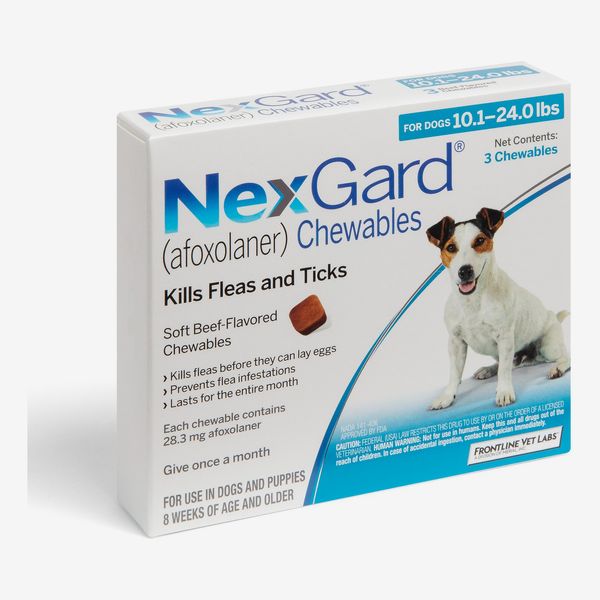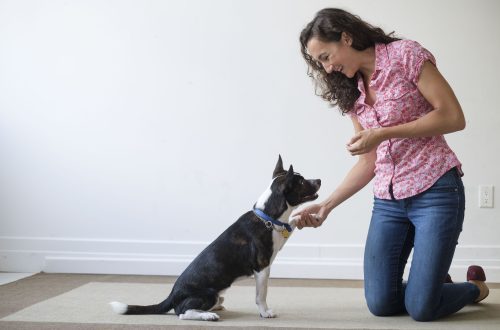
Tick Removal and Prevention of Tick Infestation in Dogs
If your dog spends a lot of time outdoors, he runs the risk of being bitten by a tick, a disease-carrying parasite that hides in its fur and burrows into its skin. Knowing how to properly remove ticks at home and how to prevent them from getting on your animal is the most important thing in preventing tick-borne diseases, not only for dogs, but for your entire family.
Why are ticks dangerous?
Although this tiny insect looks harmless at first glance, the American Kennel Club Canine Health Foundation (AKCCHF) estimates that every year thousands of dogs are infected by ticks with diseases such as Lyme disease, canine ehrlichiosis, canine anaplasmosis, some of which are transmitted to humans. Tick bites can also be contagious and cause pain and parasitic dermatitis, especially if the tick is not completely removed. Although hunting dogs, street dogs and dogs that spend a lot of time in the forest are at particular risk, other animals can also be bitten by ticks, so owners should check their pets regularly.
Watch your dog. If you notice that your pet is scratching or chewing on a specific spot on its body, it may have been bitten by a tick and you need to check the area that is causing concern. For dogs with very thick coats, a special brush will come in handy, allowing you to move the coat away and conduct a thorough examination. Someone’s help will not be superfluous.
Tick removal
If this is your first time removing a tick, the AKCCHF recommends that you see a veterinarian whenever possible to remove the tick completely and avoid infection. If you decide to remove the insect yourself, PetMD recommends using disposable gloves and tweezers to avoid contact with it. Using tweezers, grab the tick as close to the head as possible and pull in a straight direction without twisting or squeezing the body.
Once removed, place the tick in a small container of rubbing alcohol to kill it, or in a sterile container if you wish to donate it and take it to the lab as soon as possible. Make sure the head of the tick is in place. If you think the head is still in your pet’s skin, consult your veterinarian and observe your dog for signs of infection. Wash and disinfect the affected area.
Then closely monitor the dog for signs of illness. Symptoms of diseases resulting from a tick bite can take seven to twenty-one days or more to appear, according to the Centers for Disease Control. Disease symptoms can vary, so if you notice anything unusual in your dog’s behavior during the observation period, contact your veterinarian immediately.
If you find a tick on your dog, be sure to check yourself and the whole family as well. This will help keep your household safe from infestation, as well as avoid moving the tick from your dog to your family members and vice versa.
How to protect your dog from a tick bite
Of course, the best medicine is prevention. Treat the area near the house with anti-mites and other insects, keep bushes and other places in order that are favorable for ticks. Get in the habit of checking your pets after every walk, and have your veterinarian check for ticks at every visit. There are many products available to prevent ticks in dogs in the form of sprays and drops, shampoos, collars, oral tablets, and topical preparations. Dogs can show different reactions to chemicals, so talk to your veterinarian about the most appropriate methods for your dog.
The problem of ticks, of course, should be taken seriously, but do not panic. By following the recommendations and carefully monitoring your dog, you will successfully eliminate the risk of parasite infestation for your dog and your entire family.





